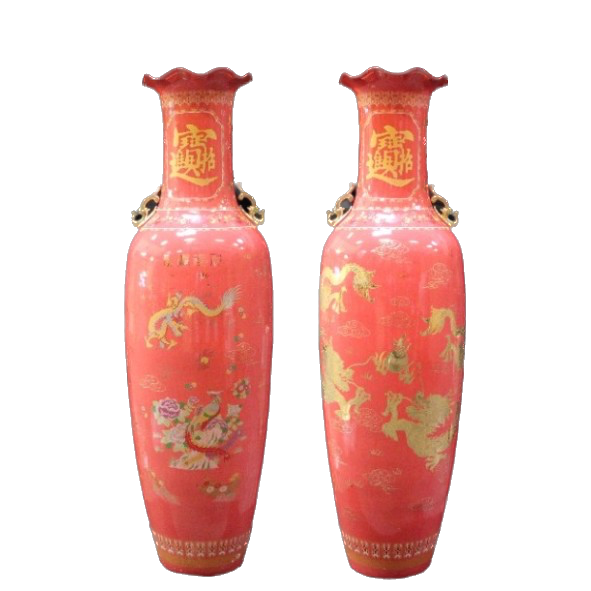Fonddekore

Background decorations on porcelain and ceramic crockery
In German, the term "Fond" refers to the background, substrate or base of an element and is derived from the Latin "Fundus". Accordingly, "fond" in porcelain language describes a colour that covers a body with a decorative colour over a large area or completely.
Base decorations are applied in a single colour over the entire surface and refer to the application of a plain decorative colour on the glaze of the outer surfaces, i.e. the surfaces of plates and platters, and the outer walls of bowls, dishes, cups and mugs. The undersides of the flat parts and the insides of the hollow parts remain in the white glaze colour. Traditional porcelain production still recognises the so-called inner base, in which the hollow parts in particular - i.e. bowls and cups - are decorated with elaborate ornaments and gold edges. However, the inner fond is now extinct in utilitarian tableware.
Background colours can also be applied as a flag background. In this case, the mirror of the flat part remains glaze-coloured white and only the edge, i.e. the flag, is given a background colour. As the "rim" is a separate part of a flat part, this partial decoration of an article is nevertheless a background decoration, as the rim background covers the entire part of the plate flag.
Note: Please do not confuse flag funds with single-colour sliding pictures or brush strips.
The ground decoration dates back to the Chinese Qing dynasty and served as a background for elaborate painting with delicate pastel colours and precious metals, as these were far less vibrant and radiant on the white porcelain body. Later, aristocratic manufactories adopted the fond to immortalise themselves on porcelain with coats of arms, portraits and decorations of their estates. Until the late 18th century, fond colours were painted on by hand and then evenly distributed using a special brush technique and then usually fired. Real gold and ornaments were only added in another, lower firing and then fired a second time. Such works of art therefore had to be fired up to four times and were completely unaffordable for the common people.
Today, modern compressor-driven spraying systems take care of the so-called fund spraying.
Unfortunately, the term "fond glaze" is not commonly used in other languages. For this reason, the English language uses the term "full colour decal" as a representative term for all international translations, thus combining a number of very different variations of the colouring of tableware in one collective term.
The layman often confuses background decorations with coloured dip glazes.
